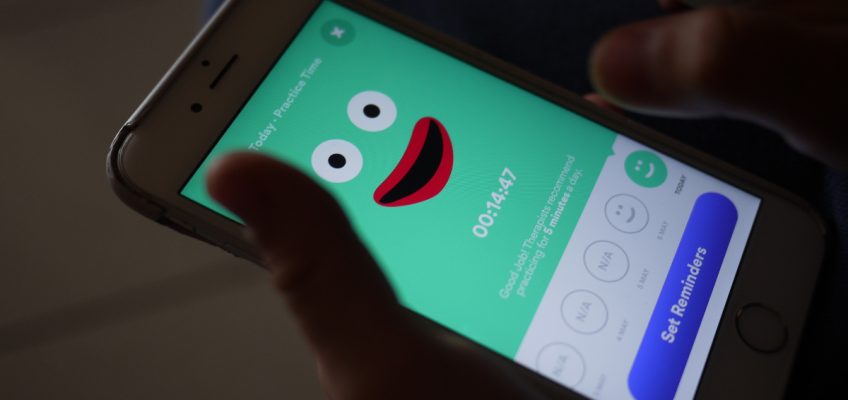How a speech therapy app is helping children to overcome their impediments, and have fun in the process.
Speech Blubs uses technology to trigger sound and word production in toddlers, late talkers, children with Apraxia, Autism, Down Syndrome, ADHD (Attention Deficit Hyperactivity Disorder) and SPD (Sensory Processing Disorder) progressively encouraging children to generate new sounds.
One in Four children will need professional help at some stage of their speech development Share on X
One in four children need professional help at some stage of their speech development, and that number is increasing at an average rate of 10% each year, says Mitja Mavsar, Co-founder of Slovenian startup BlubBlub.
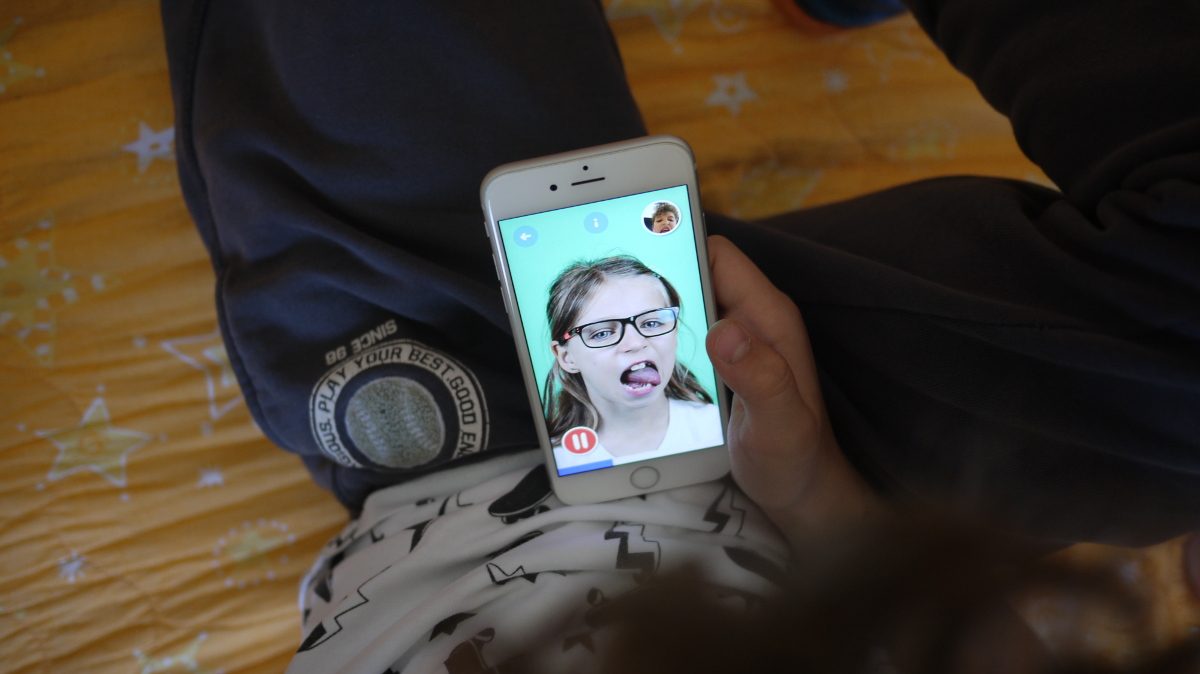
During a “pitch the media” workshop at the Pioneers conference in Vienna last May Mavsar explained to a panel of journalists – including myself – how he himself struggled with a speech impediment all the way through his childhood, which is what inspired him to found the company in 2016:
The Founder of @weareblubblub struggled with a speech impediment himself as a child Share on X
“Therapists simply can’t keep up with this growing number of patients. In some countries, parents and their children have to wait up to 24 months for their first appointment. That’s two years, think about what that means in terms of a child’s delayed development!”
The app is based on the video modeling learning methodology and includes an assessment tool where the parent can easily test their child to see what stage they best fit in. The Snapchat-style app uses play to boost the children’s speaking skills, but the content is curated by speech therapists so the clinical outcomes are clear.
“Inspiring a child to overcome their speech disabilities begins with teaching them how to mimic the sounds of animals, machines and other objects. Using facial recognition and augmented reality technology, the child becomes what he/she is practicing, so they can role-play and have fun.”
One interesting feature of the app is that it uses videos of real kids to demonstrate the exercises. This sort of visual feedback is crucial for children when learning, specially where speech is concerned, as they’re not only listening to sounds but observing the shapes that facial muscles, lips, teeth and tongue take while producing those sounds. It also makes them feel like they are engaging in play with another child, something that Mavsar feels is somewhat missing in a world where children spend so much time interacting with their devices. It’s a sort of “if you can’t beat them, join them” approach.
Speech Blubs uses technology to trigger sound and word production and progressively encouraging children to generate new sounds Share on X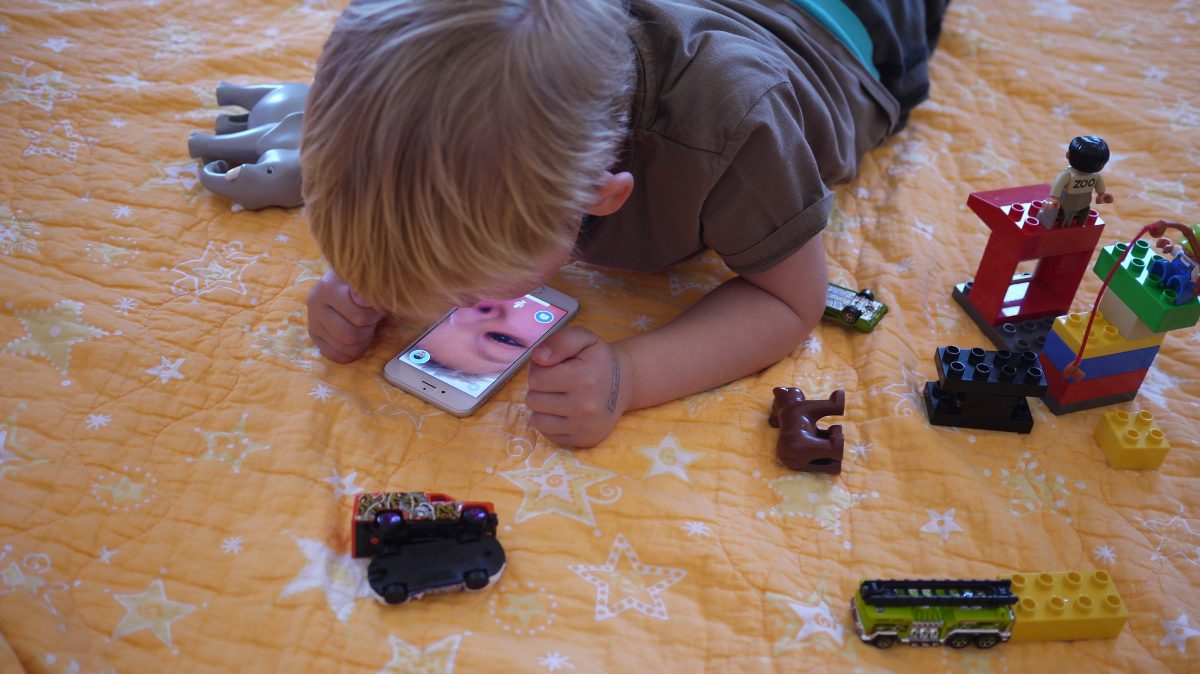
In order to smile, chew, swallow and speak properly, children need to develop all sorts of motor skills using their tongue, lips and cheeks, so the app has a “mouth gym” where practice exercises are designed to increase oral muscle awareness, coordination, strength, range of motion and endurance.
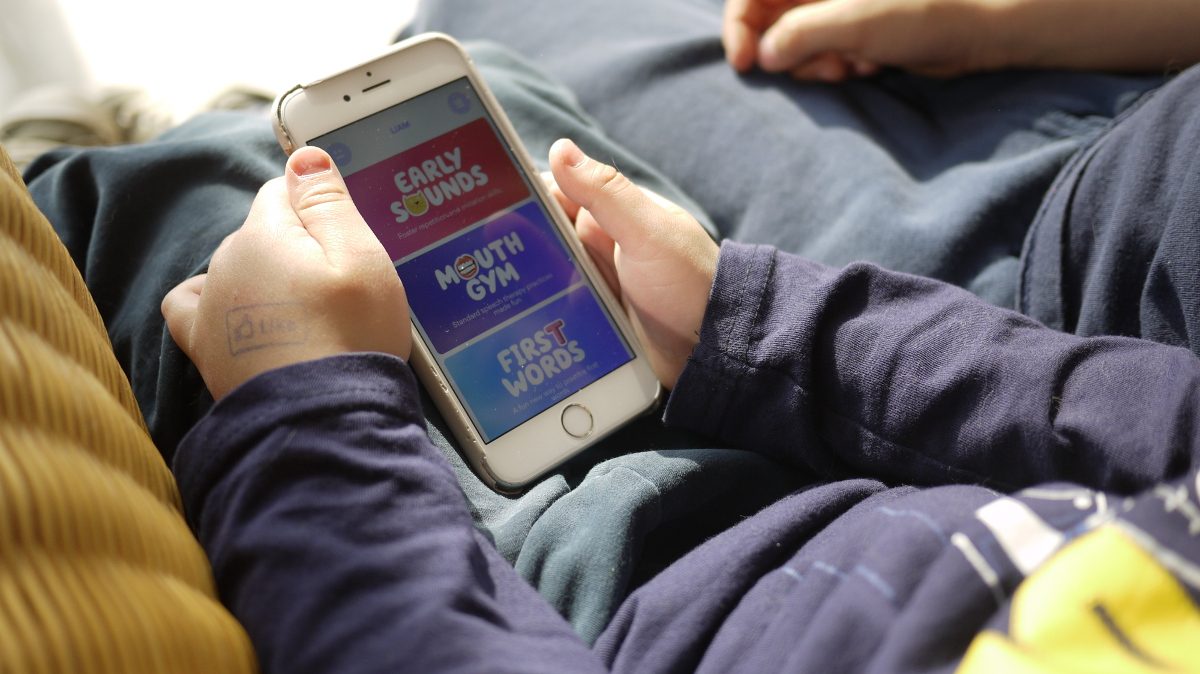
They operate a subscription model where parents pay a fee to access content, but therapists can use the Speech Blubs app in clinics and schools for free. Currently 10,000+ therapists take advantage of that, while over 100,000 individual users have been helped by their services.
Currently over 10,000 therapists are using the app Share on X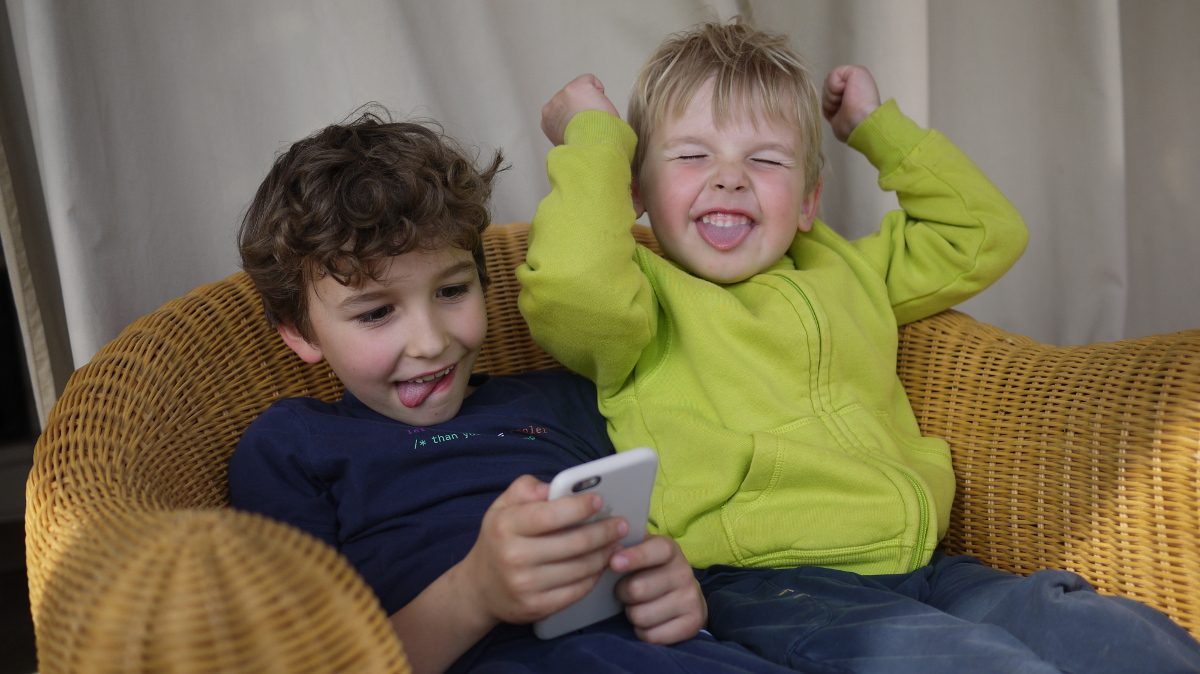
BlubBlub’s success isn’t an anomaly though, as technology often takes on enabling or therapeutic roles in all manner of contexts. Virtual platforms such as Second Life have proven to be fantastic tools for enabling users with all manner of disabilities to interact with others, and technologies like Virtual Reality have been successfully used in the treatment of phobias.
BlubBlub’s success isn't an anomaly though, as technology often takes on enabling or therapeutic roles in all manner of contexts Share on X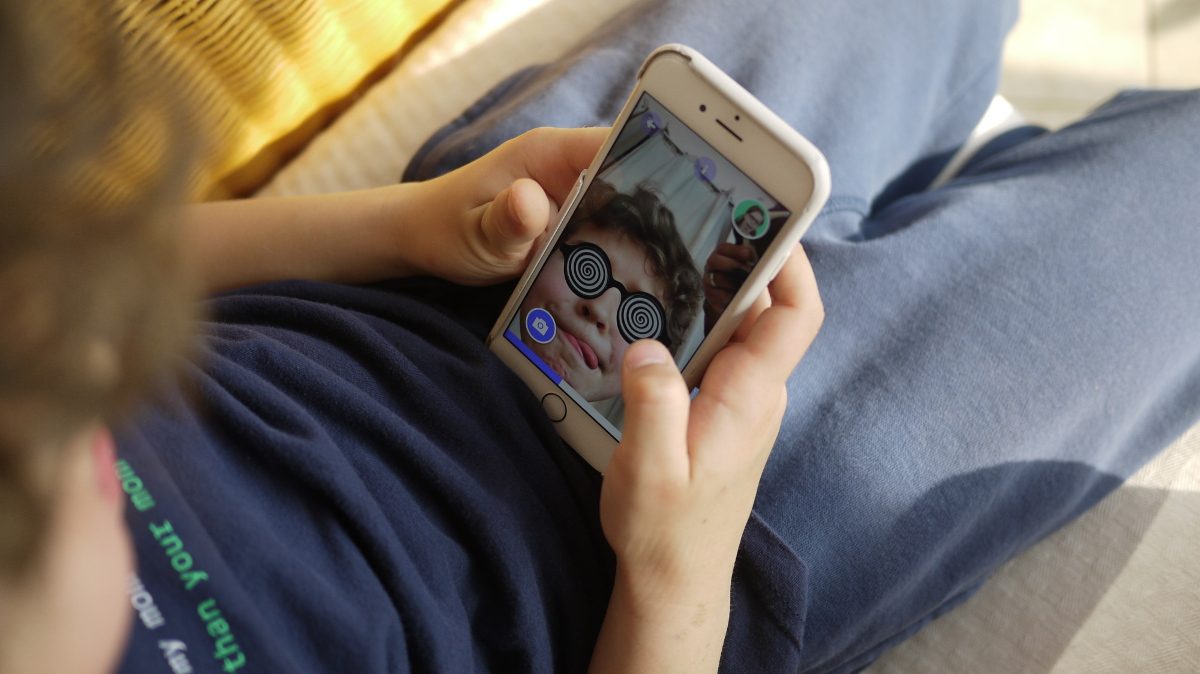
There is also a growing focus amongst tech giants such as Microsoft of the need to make product design more inclusive. There is, after all, a market of around a billion people who are currently marginalized from this process, and from a business perspective (even if one is not necessarily bothered about the moral implications) that just doesn’t make any sense. And as Microsoft CEO Satya Nadella himself has pointed out, by making products which are more accessible, all users stand to benefit, not just those with a particular impediment or disability.
This article originally appeared on the Forbes website
How Tech As Therapy Can Be Big Businesshttps://t.co/8V8B8PtOuQ
— Forbes Tech News (@ForbesTech) June 22, 2018
For companies looking to get into Immersive technologies such as VR/AR/MR/XR our Virtual Reality Consultancy services offer guidance and support on how best to incorporate these into your brand strategy.
Alice Bonasio is a VR and Digital Transformation Consultant and Tech Trends’ Editor in Chief. She also regularly writes for Fast Company, Ars Technica, Quartz, Wired and others. Connect with her on LinkedIn and follow @alicebonasio on Twitter.

